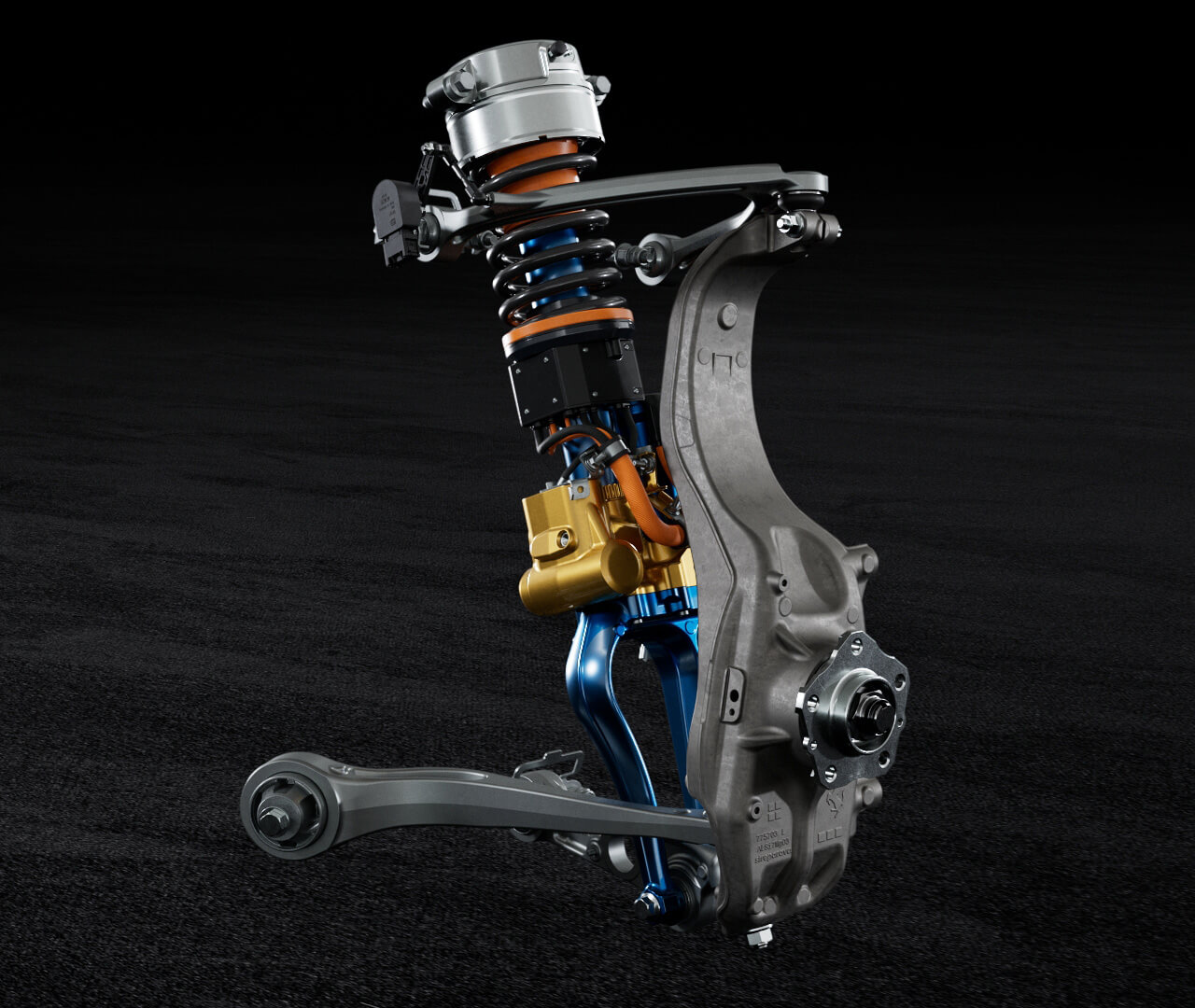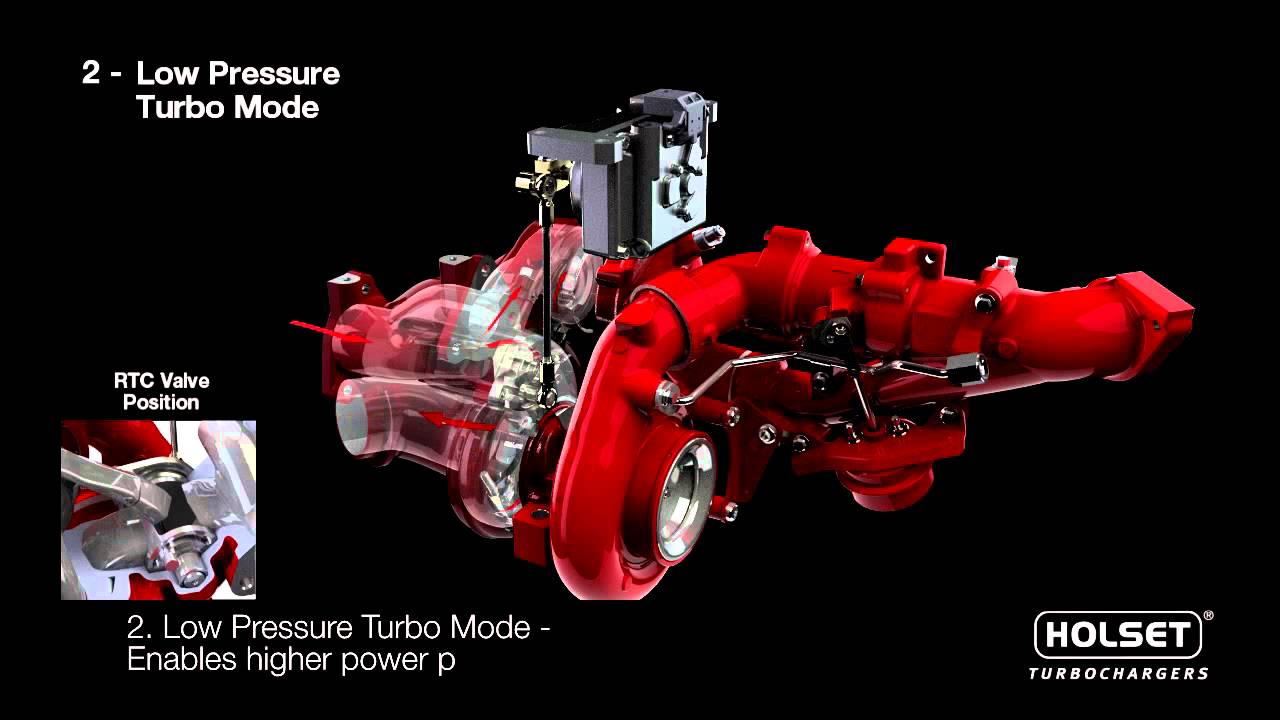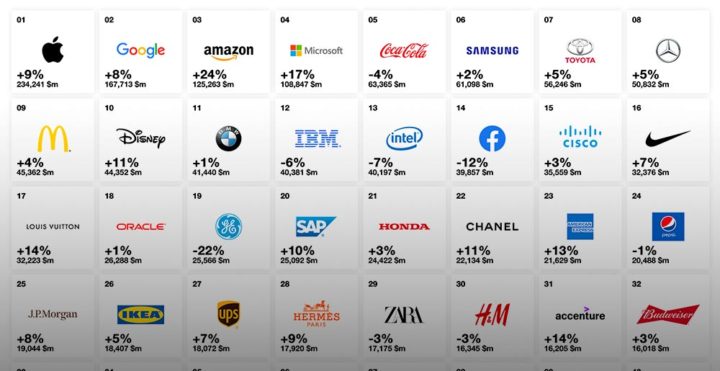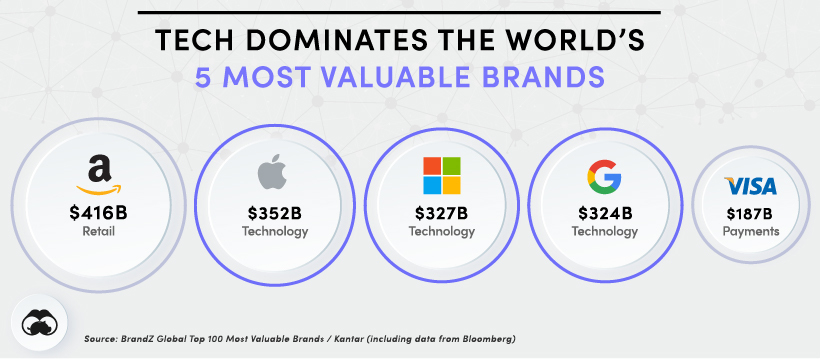Automotive Technology Companies: Shaping the Future of Mobility
Automotive technology companies are at the forefront of revolutionizing the way we move. From self-driving cars to electric vehicles and connected software, these companies are driving innovation in the transportation […]
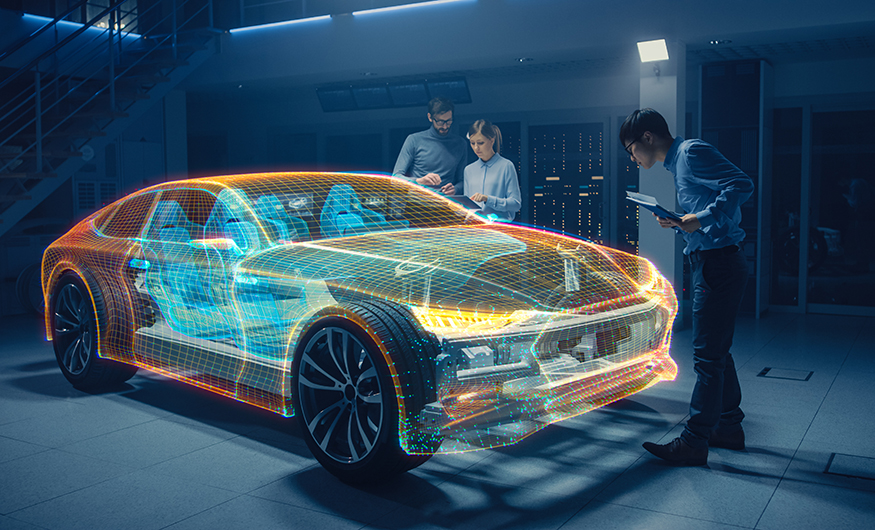
Automotive technology companies are at the forefront of revolutionizing the way we move. From self-driving cars to electric vehicles and connected software, these companies are driving innovation in the transportation sector, transforming our relationship with cars and shaping the future of mobility.
The industry is experiencing rapid growth fueled by advancements in artificial intelligence, sensor technology, and software development. This surge in innovation has led to the emergence of new players and the transformation of traditional automotive giants, creating a dynamic and competitive landscape.
Emerging Technologies

The automotive industry is undergoing a rapid transformation, driven by advancements in technology. These emerging technologies are shaping the future of mobility, offering enhanced safety, efficiency, and user experience.
Autonomous Driving
Autonomous driving technology, also known as self-driving or driverless cars, utilizes a combination of sensors, artificial intelligence (AI), and advanced algorithms to enable vehicles to navigate and operate without human intervention.
- Sensors: Autonomous vehicles rely on a suite of sensors, including cameras, radar, lidar, and ultrasonic sensors, to perceive their surroundings and gather data about the environment. These sensors provide information about the vehicle’s position, speed, distance to other objects, and road conditions.
- Artificial Intelligence (AI): AI plays a crucial role in processing the data collected by sensors and making real-time decisions about vehicle control. Machine learning algorithms are trained on massive datasets to recognize objects, interpret traffic signals, and predict the behavior of other vehicles.
- Advanced Algorithms: Sophisticated algorithms are used to plan routes, control vehicle speed, and navigate complex traffic scenarios. These algorithms take into account factors such as traffic flow, road conditions, and weather patterns.
Companies like Tesla, Waymo, Cruise, and Ford are actively developing and testing autonomous driving systems. Tesla’s Autopilot and Full Self-Driving (FSD) systems offer advanced driver-assistance features, while Waymo and Cruise are focusing on fully autonomous ride-hailing services.
- Benefits: Autonomous driving has the potential to significantly improve road safety by reducing human error, which is a major factor in traffic accidents. It can also enhance traffic efficiency by optimizing vehicle flow and reducing congestion. Additionally, autonomous vehicles can provide greater accessibility for individuals with disabilities or limited mobility.
- Challenges: The development and deployment of autonomous driving technology face several challenges, including ethical considerations, regulatory hurdles, and public acceptance. Ensuring the safety and reliability of autonomous vehicles is paramount, and addressing concerns about data privacy and cybersecurity is crucial. Public perception and trust in this technology are also important factors.
Electric Vehicles (EVs)
Electric vehicles (EVs) are powered by electric motors, using batteries to store energy instead of gasoline or diesel.
- Battery Technology: The performance and range of EVs are largely determined by battery technology. Lithium-ion batteries are currently the most common type used in EVs, offering a balance of energy density, power output, and lifespan. Research and development are ongoing to improve battery capacity, charging speed, and overall efficiency.
- Charging Infrastructure: The widespread adoption of EVs requires a robust charging infrastructure. Public charging stations are becoming increasingly available, but further expansion is needed to address range anxiety and ensure convenient charging for EV owners. Home charging options are also crucial for daily use.
- Government Incentives: Many governments are providing incentives to promote the adoption of EVs, such as tax credits, subsidies, and rebates. These incentives aim to reduce the upfront cost of EVs and make them more affordable for consumers.
Companies like Tesla, Volkswagen, General Motors, and Nissan are leading the charge in the EV market. Tesla has established itself as a pioneer in the EV space with its high-performance models and advanced technology. Other major automakers are rapidly expanding their EV offerings, driven by increasing consumer demand and regulatory pressures.
- Benefits: EVs offer several benefits over traditional gasoline-powered vehicles, including reduced emissions, lower operating costs, and improved fuel efficiency. They contribute to cleaner air quality and combat climate change. EVs also offer a quieter and smoother driving experience.
- Challenges: The widespread adoption of EVs faces challenges related to battery technology, charging infrastructure, and cost. Battery range and charging time remain key concerns for some consumers. The cost of EVs can be higher than traditional vehicles, although this gap is narrowing with increasing competition and technological advancements.
Connectivity and Telematics
Connectivity and telematics are transforming the automotive experience by connecting vehicles to the internet and enabling communication between vehicles, infrastructure, and drivers.
- Vehicle-to-Vehicle (V2V) Communication: V2V communication allows vehicles to exchange information about their location, speed, and direction, enabling them to anticipate potential hazards and improve safety. It can also help optimize traffic flow and reduce congestion.
- Vehicle-to-Infrastructure (V2I) Communication: V2I communication enables vehicles to interact with traffic signals, road signs, and other infrastructure elements. This can provide drivers with real-time traffic updates, warnings about road hazards, and information about parking availability.
- Over-the-Air (OTA) Updates: OTA updates allow automakers to remotely update vehicle software, adding new features, improving performance, and addressing security vulnerabilities. This eliminates the need for physical visits to dealerships for software updates.
Companies like Toyota, BMW, and General Motors are incorporating connectivity and telematics features into their vehicles. These features enhance safety, convenience, and entertainment for drivers and passengers.
- Benefits: Connectivity and telematics offer numerous benefits, including enhanced safety through advanced driver-assistance systems, improved traffic efficiency, and increased convenience through features such as remote vehicle control and real-time navigation. They also provide opportunities for personalized services and entertainment.
- Challenges: The implementation of connectivity and telematics faces challenges related to data security, privacy concerns, and the potential for cyberattacks. Ensuring the reliability and security of vehicle networks is crucial to prevent unauthorized access and data breaches.
Advanced Materials, Automotive technology companies
The use of advanced materials is revolutionizing automotive design and manufacturing, enabling lighter, stronger, and more efficient vehicles.
- Lightweight Materials: Carbon fiber, aluminum, and high-strength steel are being increasingly used to reduce vehicle weight, improving fuel efficiency and performance. These materials offer excellent strength-to-weight ratios, allowing for thinner and lighter components.
- Sustainable Materials: The automotive industry is exploring the use of sustainable materials, such as bio-based plastics and recycled materials, to reduce environmental impact. These materials can be sourced from renewable resources and contribute to a circular economy.
- Smart Materials: Smart materials, such as shape memory alloys and piezoelectric materials, are being investigated for their potential to enhance vehicle functionality. These materials can change shape or properties in response to external stimuli, enabling adaptive structures and self-healing capabilities.
Companies like BMW, Audi, and Ford are incorporating advanced materials into their vehicles to enhance performance, reduce weight, and improve sustainability.
- Benefits: Advanced materials offer significant benefits in terms of fuel efficiency, performance, and sustainability. Lighter vehicles consume less fuel, reducing emissions and improving fuel economy. Strong and durable materials enhance vehicle safety and longevity. Sustainable materials reduce reliance on fossil fuels and contribute to a more environmentally friendly automotive industry.
- Challenges: The use of advanced materials faces challenges related to cost, manufacturing complexity, and availability. Some materials, such as carbon fiber, can be expensive to produce and require specialized manufacturing processes. Ensuring the availability of these materials in sufficient quantities is also crucial for widespread adoption.
Autonomous Vehicles
Autonomous vehicles, often referred to as self-driving cars, represent a transformative technology with the potential to revolutionize transportation and reshape urban landscapes. These vehicles utilize a sophisticated suite of sensors, artificial intelligence (AI), and advanced software to perceive their surroundings, navigate roads, and make driving decisions without human intervention.
Development and Advancements
The development of autonomous driving technology has been a gradual process, marked by significant milestones and continuous innovation. Early research in the 1980s laid the foundation for the field, with projects exploring the use of computer vision and sensor fusion for vehicle control. In the 2000s, advancements in AI, computer processing power, and sensor technology paved the way for more sophisticated autonomous systems.
- Sensor Technology: Autonomous vehicles rely on a variety of sensors to gather data about their surroundings, including cameras, radar, lidar, and ultrasonic sensors. Cameras provide visual information, while radar detects objects using radio waves. Lidar, which stands for Light Detection and Ranging, emits laser beams to create detailed 3D maps of the environment. Ultrasonic sensors use sound waves to detect nearby objects. These sensors work in concert to provide a comprehensive understanding of the vehicle’s environment.
- Artificial Intelligence (AI): AI plays a crucial role in autonomous driving, enabling vehicles to interpret sensor data, make decisions, and control vehicle movements. Machine learning algorithms, a key component of AI, allow vehicles to learn from experience and improve their performance over time. These algorithms are trained on vast datasets of driving scenarios, allowing them to recognize patterns, anticipate events, and make informed decisions.
- Mapping and Localization: Accurate mapping and localization are essential for autonomous vehicles to navigate safely and efficiently. High-definition maps, which contain detailed information about roads, intersections, and other relevant features, are used to guide vehicles. Localization systems, such as GPS and inertial measurement units, determine the vehicle’s precise position and orientation within the map.
Ethical and Legal Considerations
The emergence of autonomous vehicles raises a complex set of ethical and legal considerations that require careful examination. As these vehicles become more prevalent, it’s essential to establish clear guidelines and regulations to ensure their safe and responsible deployment.
- Ethical Dilemmas: One of the most challenging aspects of autonomous driving is the potential for ethical dilemmas. In situations where an unavoidable accident is imminent, the vehicle’s AI must make a split-second decision that could potentially result in harm. For example, if a vehicle encounters a pedestrian crossing the road unexpectedly, it may have to choose between hitting the pedestrian or swerving into oncoming traffic, potentially causing a more severe collision. These dilemmas raise fundamental questions about the values and principles that should guide the decision-making process of autonomous vehicles.
- Liability and Insurance: Determining liability in accidents involving autonomous vehicles is another critical issue. In traditional car accidents, the driver is typically held responsible. However, with autonomous vehicles, it becomes unclear who is responsible – the vehicle manufacturer, the software developer, or the owner of the vehicle. This uncertainty poses significant challenges for insurance companies and legal systems. New frameworks for liability and insurance will need to be developed to address these complexities.
- Privacy Concerns: Autonomous vehicles collect a vast amount of data about their surroundings, including images, sensor readings, and user behavior. This data raises privacy concerns, as it could potentially be used to track individuals’ movements or identify sensitive information. It’s essential to establish safeguards to protect user privacy and ensure that data is collected and used responsibly.
Levels of Autonomy
The Society of Automotive Engineers (SAE) has established a standardized framework for classifying the levels of autonomy in vehicles, ranging from Level 0 (no automation) to Level 5 (full automation).
| Level | Description | Applications |
|---|---|---|
| 0 | No Automation | Traditional vehicles with no automated features. |
| 1 | Driver Assistance | Features such as adaptive cruise control, lane departure warning, and automatic emergency braking. |
| 2 | Partial Automation | Vehicles that can handle some driving tasks, such as steering, acceleration, and braking, but require human supervision. |
| 3 | Conditional Automation | Vehicles that can handle most driving tasks under certain conditions, but require human intervention in specific situations. |
| 4 | High Automation | Vehicles that can handle all driving tasks in most situations, but require human supervision and the ability to take control in emergencies. |
| 5 | Full Automation | Vehicles that can handle all driving tasks in all situations, without human intervention. |
Electric Vehicles
The electric vehicle (EV) market is experiencing rapid growth, driven by factors such as environmental concerns, government incentives, and advancements in battery technology. EVs offer a cleaner and more efficient alternative to traditional gasoline-powered vehicles, contributing to a sustainable future for transportation.
Growth of the Electric Vehicle Market
The global EV market is expected to continue its upward trajectory in the coming years. According to a report by the International Energy Agency (IEA), global EV sales reached a record high of 6.6 million units in 2021, representing a 107% increase compared to 2020. This growth is attributed to several factors, including the increasing availability of EV models, falling battery prices, and government policies promoting EV adoption.
Factors Driving the Adoption of Electric Vehicles
Several key factors are driving the adoption of electric vehicles:
- Environmental Concerns: EVs produce zero tailpipe emissions, contributing to cleaner air quality and mitigating climate change. This is a major driver for consumers and governments alike.
- Government Incentives: Many countries offer financial incentives, such as tax credits and subsidies, to encourage EV adoption. These incentives make EVs more affordable and attractive to consumers.
- Falling Battery Prices: Battery technology is rapidly advancing, leading to lower battery costs. This makes EVs more cost-competitive with traditional vehicles.
- Improved Performance and Range: EVs now offer comparable performance and range to gasoline-powered vehicles, addressing a key concern for potential buyers.
- Technological Advancements: Ongoing advancements in battery technology, charging infrastructure, and autonomous driving capabilities are further enhancing the appeal of EVs.
Comparison of Electric Vehicles and Traditional Vehicles
| Feature | Electric Vehicles | Traditional Vehicles |
|---|---|---|
| Emissions | Zero tailpipe emissions | Produce greenhouse gases |
| Fuel Efficiency | More efficient than gasoline-powered vehicles | Less efficient than EVs |
| Operating Costs | Lower operating costs due to cheaper electricity and less maintenance | Higher operating costs due to fuel and maintenance |
| Performance | Offer instant torque and acceleration | May have better top speed and acceleration in some cases |
| Range | Limited range compared to gasoline-powered vehicles, but improving | Longer range than EVs |
| Charging Time | Can take several hours to fully charge | Refueling is quick and convenient |
| Infrastructure | Charging infrastructure is expanding, but not as widespread as gas stations | Widely available refueling infrastructure |
Connectivity and Software
The rise of the connected car has revolutionized the automotive industry, transforming vehicles into sophisticated platforms powered by software and data. Connectivity enables a wide range of features, enhancing safety, convenience, and driver experience. Software plays a crucial role in defining these features, allowing for continuous updates and improvements.
Leading Automotive Software Companies
Several companies are leading the development of automotive software solutions, shaping the future of connected and autonomous vehicles. These companies are contributing to the advancement of features such as over-the-air updates, advanced driver-assistance systems (ADAS), and infotainment systems.
- Google: With its Android Automotive operating system, Google is actively developing software for vehicles, aiming to bring its ecosystem of services to the automotive industry. Google’s software is designed to enhance user experience and provide seamless integration with other Google services.
- Qualcomm: Qualcomm is a leading provider of automotive chipsets and software solutions, powering many connected and autonomous vehicles. Its Snapdragon Automotive platforms are designed to meet the demanding requirements of automotive applications, supporting advanced features such as ADAS, infotainment, and connectivity.
- Nvidia: Nvidia, known for its graphics processing units (GPUs), is expanding its presence in the automotive industry by developing software and hardware for autonomous vehicles. Its Drive platform provides a comprehensive solution for autonomous driving, including AI, mapping, and sensor fusion.
- Bosch: Bosch, a global automotive supplier, is a major player in the development of automotive software, particularly in the areas of ADAS, connectivity, and powertrain control. The company’s software solutions are designed to improve vehicle safety, efficiency, and driver experience.
Features Enabled by Vehicle Connectivity
Connectivity enables a wide range of features that enhance the driving experience, providing convenience, safety, and entertainment. These features leverage data and communication capabilities to improve vehicle performance and driver interaction.
- Remote Vehicle Access: Connectivity allows drivers to remotely control various vehicle functions, such as locking and unlocking doors, starting the engine, and monitoring vehicle status. This feature provides convenience and peace of mind.
- Over-the-Air Updates: Connected vehicles can receive software updates wirelessly, eliminating the need for physical visits to dealerships. This allows for continuous improvement and bug fixes, ensuring the vehicle stays up-to-date with the latest features and security patches.
- Navigation and Mapping: Real-time traffic information and navigation guidance are essential features enabled by connectivity. Vehicles can receive updates on traffic conditions, road closures, and alternative routes, optimizing travel time and reducing congestion.
- Emergency Services: Connected vehicles can automatically contact emergency services in case of an accident, providing critical information such as location, vehicle data, and driver status. This feature significantly enhances safety and response time in emergencies.
- Infotainment and Entertainment: Connectivity allows drivers to access a wide range of entertainment options, including music streaming, video playback, and online services. These features provide a more engaging and personalized driving experience.
Future Trends
The automotive technology industry is poised for significant change in the coming years, driven by advancements in artificial intelligence, connectivity, and sustainability. These trends will reshape the way we think about, design, and experience vehicles.
Impact of Artificial Intelligence and Machine Learning
AI and machine learning are revolutionizing the automotive industry by enabling vehicles to learn from their surroundings and adapt to changing conditions. AI algorithms are being used to develop self-driving systems, enhance safety features, and optimize vehicle performance.
- Advanced Driver-Assistance Systems (ADAS): AI is powering ADAS features such as adaptive cruise control, lane departure warning, and automatic emergency braking, making driving safer and more efficient.
- Autonomous Vehicles: AI-powered autonomous vehicles are expected to transform transportation by reducing accidents, improving traffic flow, and providing greater accessibility for people with disabilities.
- Predictive Maintenance: AI algorithms can analyze sensor data to predict potential vehicle failures, allowing for proactive maintenance and reducing downtime.
Mobility-as-a-Service (MaaS)
MaaS is a rapidly growing trend that involves integrating various transportation services, such as ride-hailing, public transit, and bike-sharing, into a single platform. This approach offers users convenient and flexible transportation options, reducing car ownership and promoting sustainable mobility.
- Increased Accessibility: MaaS platforms provide seamless access to multiple transportation options, making travel more convenient for people in urban and rural areas.
- Reduced Congestion: By promoting shared mobility, MaaS can help reduce traffic congestion and improve air quality.
- Data-Driven Optimization: MaaS platforms can leverage data analytics to optimize routes, pricing, and service availability, enhancing the user experience.
Final Conclusion: Automotive Technology Companies
The future of automotive technology is brimming with possibilities. As technology continues to evolve, we can expect even more innovative solutions, increased automation, and a shift towards sustainable transportation. The companies leading this charge are not only shaping the automotive industry but also impacting our daily lives and the world around us.
Automotive technology companies are constantly pushing the boundaries of innovation, developing groundbreaking solutions that improve driving experiences and redefine the future of transportation. This innovation extends beyond the vehicle itself, encompassing the broader landscape of commercial technology , such as fleet management systems, connected infrastructure, and autonomous driving solutions.
By leveraging these advancements, automotive technology companies are creating a more efficient, sustainable, and connected transportation ecosystem.

